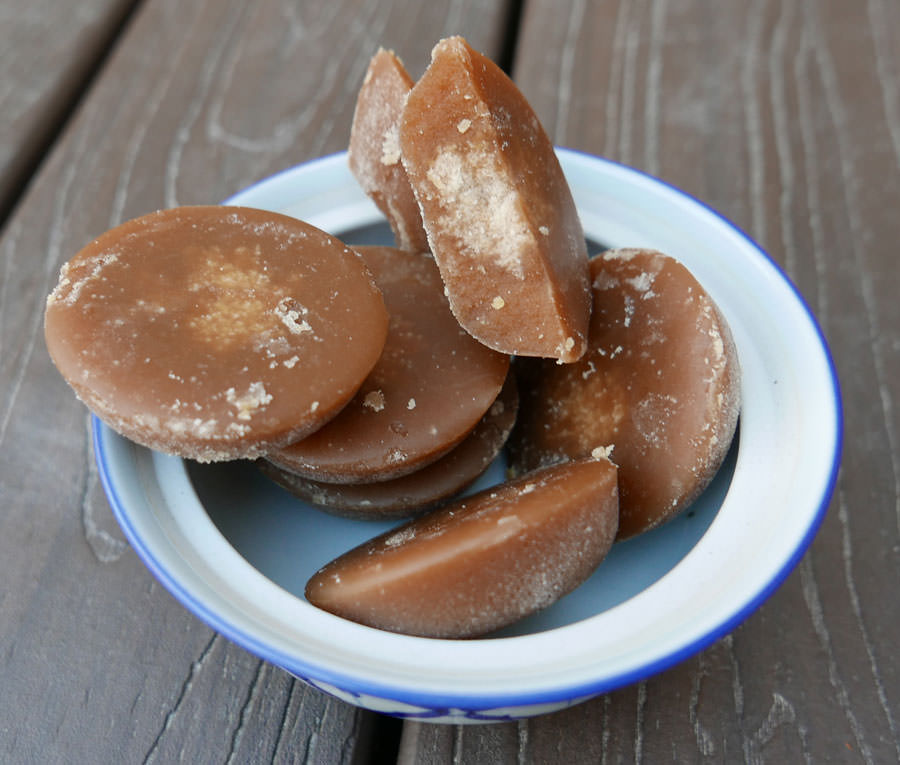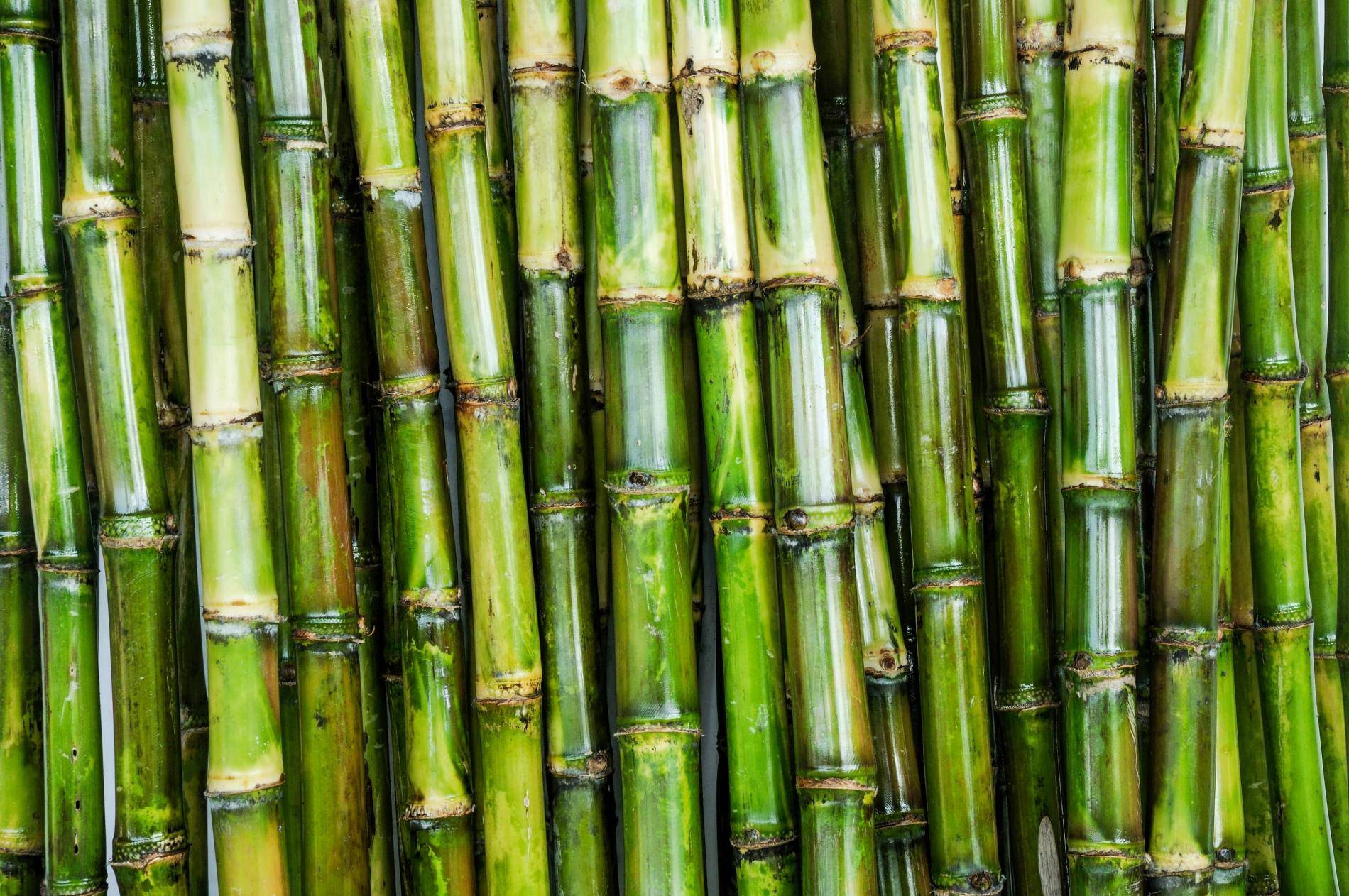Recognizing the Essential Techniques and Technologies Utilized in Modern Walking Cane Sugar Handling
The evolution of cane sugar processing has been considerably shaped by the combination of advanced techniques and technologies that address both efficiency and sustainability. As we check out these crucial developments, it becomes important to examine how they not just boost manufacturing however also align with broader sector patterns and consumer demands, raising inquiries concerning the future of sugar processing and its implications for global markets.
Historic Context of Walking Stick Sugar Processing
The historic context of cane sugar handling reveals an abundant tapestry of farming development and social exchange that has formed its development over centuries. The process of fine-tuning and removing sugar got energy in India, where techniques for formation were refined around the Sixth century.

Advanced Removal Techniques
Performance in cane sugar removal has actually seen significant innovations, driven by the need for higher returns and reduced production expenses. This strategy not just raises sugar yield however likewise minimizes the energy needed for processing.
In addition, the fostering of membrane layer filtration technologies, such as nanofiltration and turn around osmosis, has transformed the separation of sugar from contaminations. These techniques permit for the careful permeation of sugar particles while retaining bigger impurities, improving the extraction process and minimizing waste.
Moreover, the integration of continual extraction systems has actually led to enhanced operational effectiveness. Cane Sugar Processing. These systems maintain a constant flow of cane material, guaranteeing ideal extraction problems and minimizing downtime connected with batch handling
Innovative Refining Technologies
Refining methods in walking cane sugar processing have undertaken a transformative shift, driven by the need for greater purity and enhanced product top quality. One of one of the most noteworthy developments is the adoption of membrane layer filtering technologies, such as ultrafiltration and nanofiltration. These procedures effectively eliminate impurities and colorants without the requirement for extensive chemical therapies, thereby protecting the sugar's all-natural flavor and improving its allure.
One more substantial improvement is making use of ion exchange resins, which enable selective removal of undesirable ions from sugar solutions. This innovation not just enhances the total purity of the final item yet also adds to lowered waste and environmental effect.
Moreover, advancements in adsorption methods, making use of turned on carbon and other advanced products, have actually proven effective in decolorizing sugar options while keeping optimum quality. The integration of these ingenious refining technologies guarantees that makers can generate polished sugar with premium clarity and taste, meeting the developing choices of customers.
Automation and Control Solution
Current innovations in refining modern technologies have actually led the way for significant enhancements in automation and control systems within walking stick sugar processing facilities. These systems utilize sophisticated software and hardware to enhance operational efficiency, reduce human error, and ensure regular item top quality.
Modern automation incorporates different elements, including sensors, actuators, and programmable logic controllers (PLCs), making it possible for real-time surveillance and control of essential procedures. For circumstances, stress, circulation, and temperature level prices can be exactly regulated during removal, explanation, and condensation stages, maximizing efficiency and reducing waste.
Moreover, progressed information analytics and machine learning formulas play a critical duty in predictive maintenance, permitting operators to anticipate devices failures prior to they occur. This aggressive technique not only reduces downtime yet also expands the life expectancy of equipment.
On top of that, automation facilitates the application of Market 4.0 concepts, equipping sugar mills to attain higher connection and data exchange throughout processes. Consequently, decision-making becomes even more agile and educated, Read Full Article inevitably enhancing the general competitiveness of walking cane sugar production. With these developments, the sector is well-positioned to meet growing international demands while preserving functional excellence.
Sustainability Practices in Sugar Manufacturing
Sustainability techniques in sugar production have ended up being increasingly necessary as the sector seeks to stabilize financial viability with environmental duty. As consumer awareness grows pertaining to the ecological effects of farming techniques, sugar manufacturers are adopting ingenious techniques to lower their ecological footprint.
One considerable technique is the execution of accuracy agriculture techniques, which use data analytics to maximize resource use, such as water and fertilizers. This decreases waste and reduces the effect on regional ecosystems. Additionally, several manufacturers are transitioning to renewable resource resources, such as biomass from sugarcane results, to power their procedures, consequently reducing dependence on fossil fuels.
Water monitoring techniques are likewise critical; rain harvesting and reliable irrigation systems help minimize water deficiency concerns. Cane Sugar Processing. Furthermore, integrated insect management strategies reduce chemical use, advertising biodiversity and dirt health and wellness
Business social responsibility initiatives are arising, with business investing in local communities and making certain fair labor methods. By accepting these sustainability methods, the sugar industry not only improves its online reputation however likewise contributes to an extra sustainable farming landscape, leading the way for future generations.

Verdict
In summary, modern cane sugar processing integrates a variety of sophisticated techniques and technologies that substantially boost performance, sustainability, and return. The adoption of ingenious extraction and refining methods, alongside automation and control systems, facilitates improved operational efficiency and item high quality. Moreover, the emphasis on sustainable practices emphasizes a dedication to minimizing ecological effect and promoting ethical production. Jointly, these innovations place the cane sugar industry to meet modern needs while dealing with vital global obstacles.
The advancement of cane sugar handling has been dramatically shaped by the assimilation of advanced strategies and technologies that resolve both efficiency and sustainability.The historic context of walking cane sugar processing exposes an abundant tapestry of agricultural advancement and social exchange that has actually shaped its advancement over centuries. Developments in milling and refining arised, laying the foundation for modern walking stick sugar handling.Refining techniques in walking stick sugar handling have actually undergone a transformative shift, driven by the demand for greater pureness and improved content product high quality.In recap, modern-day my explanation cane sugar processing includes a range of sophisticated strategies and modern technologies that considerably improve sustainability, yield, and effectiveness.